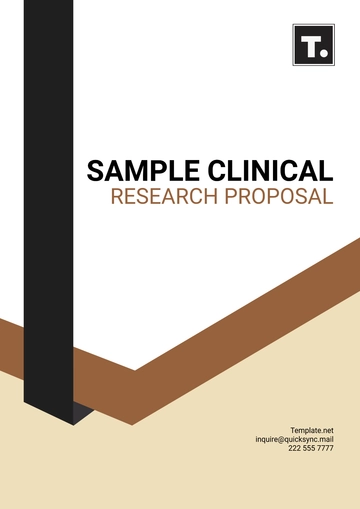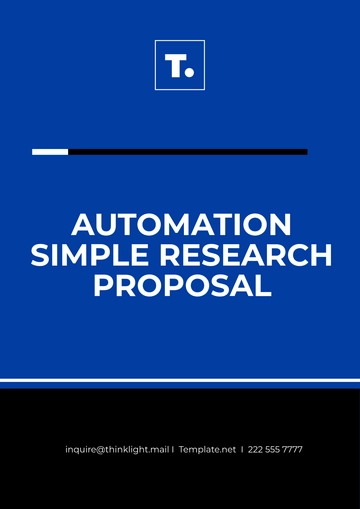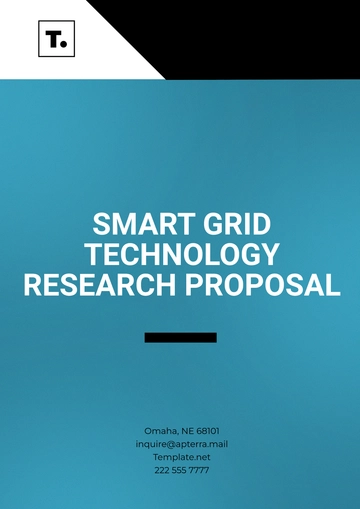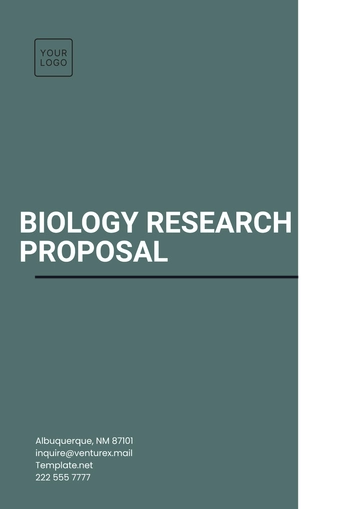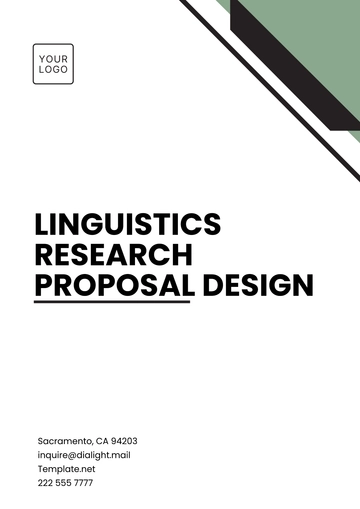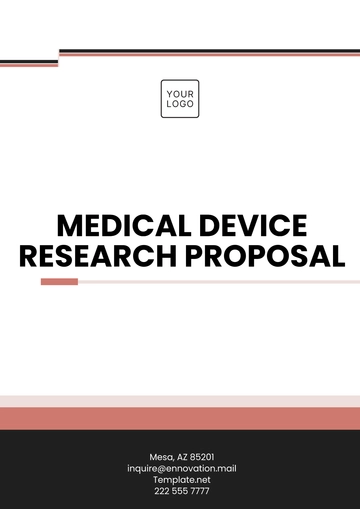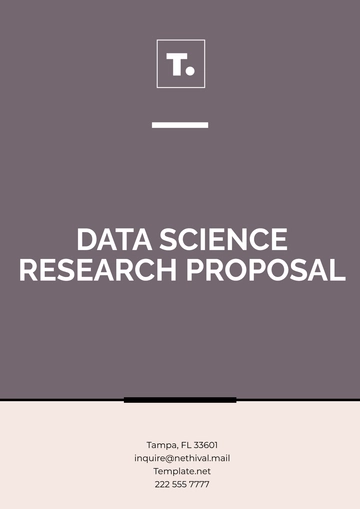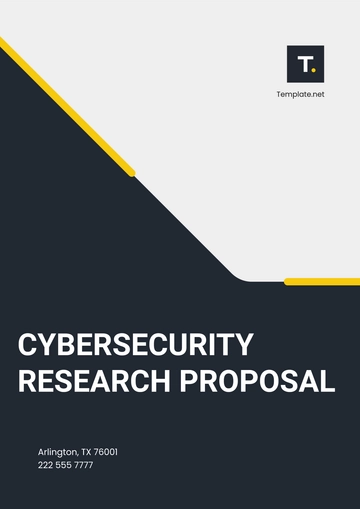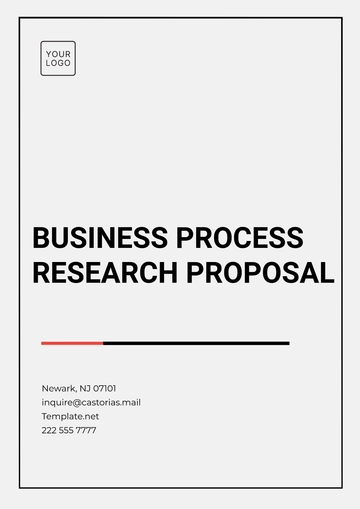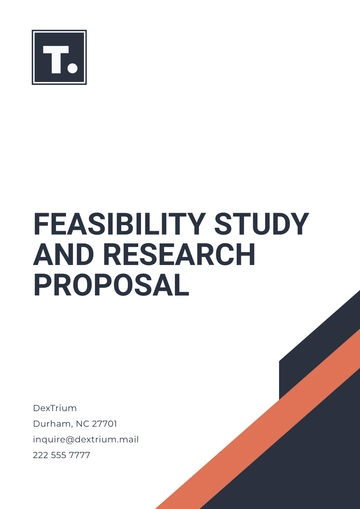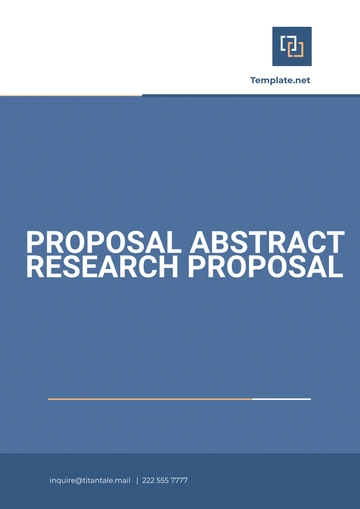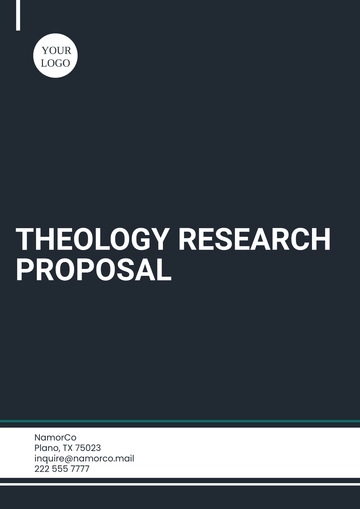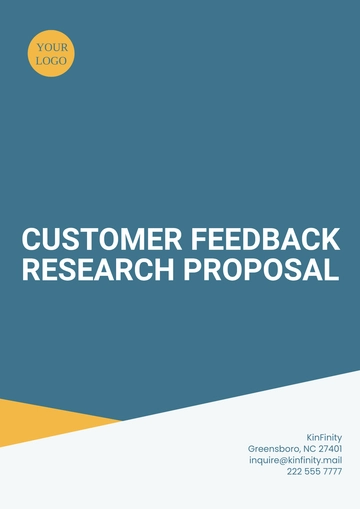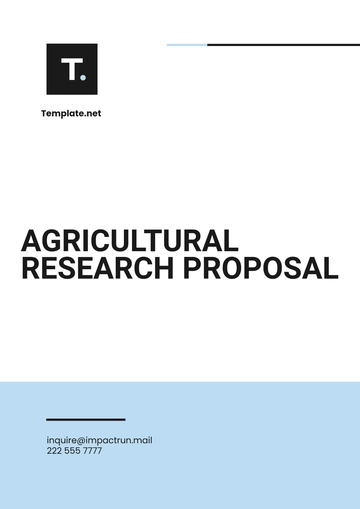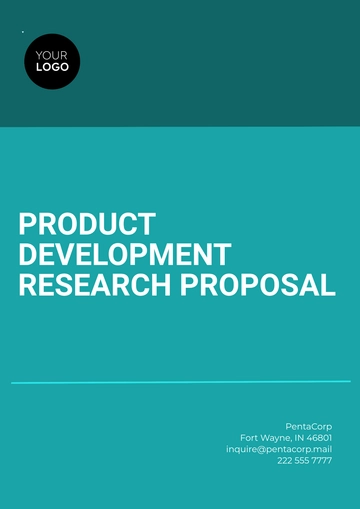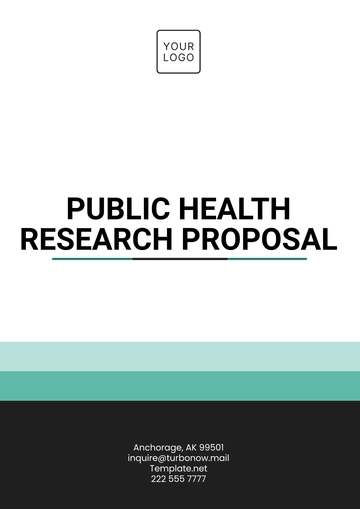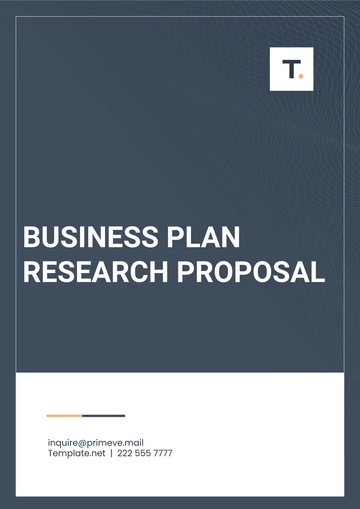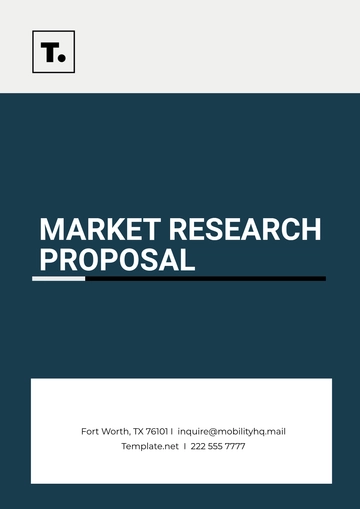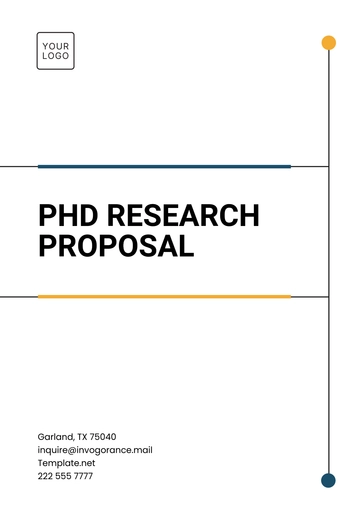Free Blockchain Outline Research Proposal
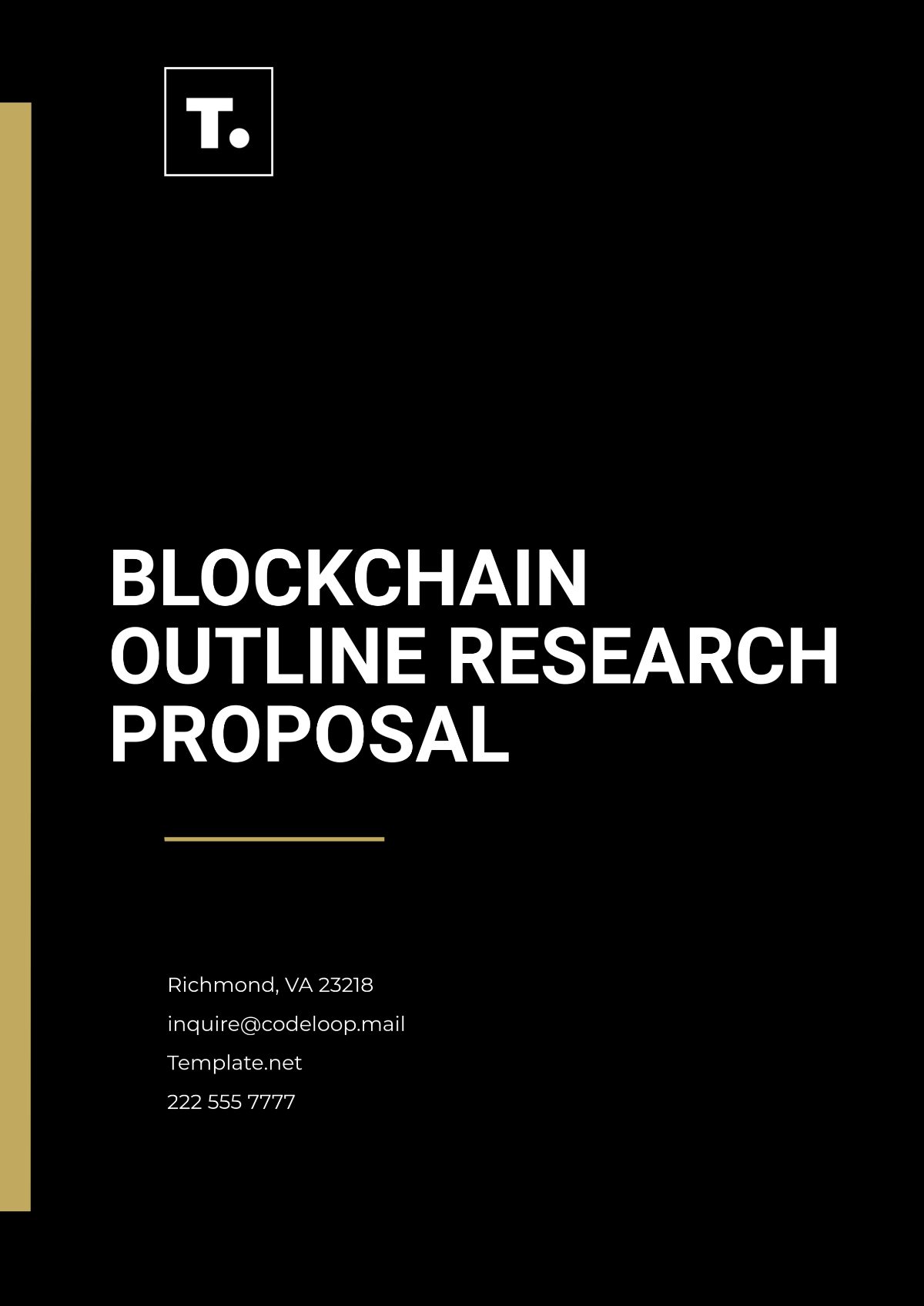
Title: "Exploring the Impact of Blockchain Technology on Supply Chain Management Efficiency"
Researcher: [Your Name]
Date: [Date]
I. Introduction
Blockchain technology has emerged as a transformative tool across various industries, promising enhanced security, transparency, and efficiency. This research aims to investigate the potential of blockchain to improve supply chain management (SCM) processes by addressing issues like fraud, inefficiencies, and lack of visibility. The study will focus on how implementing blockchain can streamline operations, reduce costs, and increase trust among stakeholders in the supply chain.
II. Research Questions or Objectives
A. Primary Objective
To assess the impact of blockchain technology on improving efficiency in supply chain management.
B. Research Questions
How does blockchain enhance transparency and traceability in supply chain processes?
What are the key challenges in implementing blockchain in supply chain management?
What measurable benefits does blockchain provide in terms of reducing operational costs?
III. Literature Review
This section will review existing studies on the use of blockchain in SCM. Previous research has shown that blockchain can improve data integrity and reduce fraud by providing a decentralized, tamper-proof ledger. However, challenges such as high implementation costs and interoperability issues have also been noted. This proposal aims to build on existing literature by exploring recent advancements and providing empirical data from case studies in the logistics sector.
IV. Methodology
A. Research Design
The study will employ a mixed-methods approach, combining qualitative interviews with industry experts and quantitative analysis of case studies.
B. Data Collection
Qualitative Data: Interviews with supply chain managers, blockchain developers, and industry stakeholders.
Quantitative Data: Analysis of performance metrics from companies that have adopted blockchain solutions in their supply chain processes.
C. Data Analysis
Thematic analysis will be used for qualitative data, while statistical analysis will be applied to the quantitative data to determine the impact of blockchain implementation.
V. Timeline
Phase | Duration |
|---|---|
Literature Review | 2 months |
Data Collection | 3 months |
Data Analysis | 2 months |
Report Writing | 1 month |
Final Review & Submission | 1 month |
VI. Budget
Item | Estimated Cost |
|---|---|
Data Collection Tools | $5,000 |
Participant Incentives | $3,000 |
Analysis Software | $2,500 |
Miscellaneous Expenses | $1,500 |
Total | $12,000 |
VII. References
Nakamoto, S. (2050). Bitcoin: A Peer-to-Peer Electronic Cash System.
Kshetri, N. (2052). Blockchain’s roles in meeting key supply chain management objectives. International Journal of Information Management.
Tian, F. (2051). An agri-food supply chain traceability system for China based on RFID & blockchain technology. 13th International Conference on Service Systems and Service Management.
- 100% Customizable, free editor
- Access 1 Million+ Templates, photo’s & graphics
- Download or share as a template
- Click and replace photos, graphics, text, backgrounds
- Resize, crop, AI write & more
- Access advanced editor
Present your blockchain research effectively using the Blockchain Outline Research Proposal Template from Template.net. This editable and customizable template helps you outline your blockchain project’s objectives, scope, and methodology with ease. You can easily make modifications using our Ai Editor Tool, ensuring a polished and professional proposal is ready for review by stakeholders and collaborators.
You may also like
- Business Proposal
- Research Proposal
- Proposal Request
- Project Proposal
- Grant Proposal
- Photography Proposal
- Job Proposal
- Budget Proposal
- Marketing Proposal
- Branding Proposal
- Advertising Proposal
- Sales Proposal
- Startup Proposal
- Event Proposal
- Creative Proposal
- Restaurant Proposal
- Blank Proposal
- One Page Proposal
- Proposal Report
- IT Proposal
- Non Profit Proposal
- Training Proposal
- Construction Proposal
- School Proposal
- Cleaning Proposal
- Contract Proposal
- HR Proposal
- Travel Agency Proposal
- Small Business Proposal
- Investment Proposal
- Bid Proposal
- Retail Business Proposal
- Sponsorship Proposal
- Academic Proposal
- Partnership Proposal
- Work Proposal
- Agency Proposal
- University Proposal
- Accounting Proposal
- Real Estate Proposal
- Hotel Proposal
- Product Proposal
- Advertising Agency Proposal
- Development Proposal
- Loan Proposal
- Website Proposal
- Nursing Home Proposal
- Financial Proposal
- Salon Proposal
- Freelancer Proposal
- Funding Proposal
- Work from Home Proposal
- Company Proposal
- Consulting Proposal
- Educational Proposal
- Construction Bid Proposal
- Interior Design Proposal
- New Product Proposal
- Sports Proposal
- Corporate Proposal
- Food Proposal
- Property Proposal
- Maintenance Proposal
- Purchase Proposal
- Rental Proposal
- Recruitment Proposal
- Social Media Proposal
- Travel Proposal
- Trip Proposal
- Software Proposal
- Conference Proposal
- Graphic Design Proposal
- Law Firm Proposal
- Medical Proposal
- Music Proposal
- Pricing Proposal
- SEO Proposal
- Strategy Proposal
- Technical Proposal
- Coaching Proposal
- Ecommerce Proposal
- Fundraising Proposal
- Landscaping Proposal
- Charity Proposal
- Contractor Proposal
- Exhibition Proposal
- Art Proposal
- Mobile Proposal
- Equipment Proposal
- Student Proposal
- Engineering Proposal
- Business Proposal
